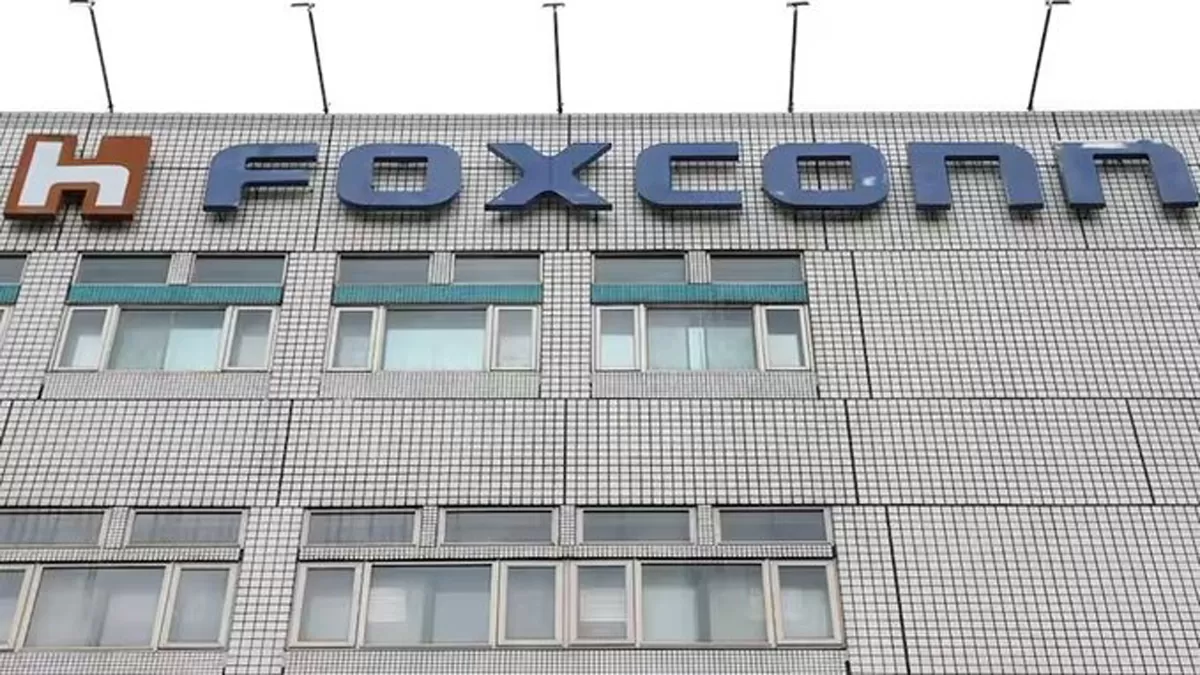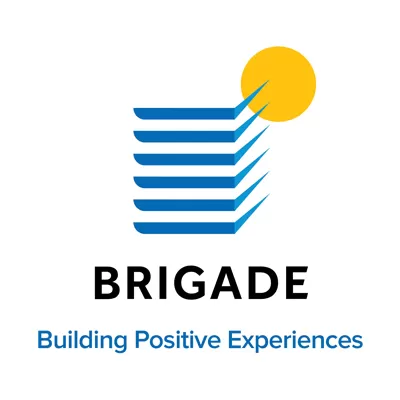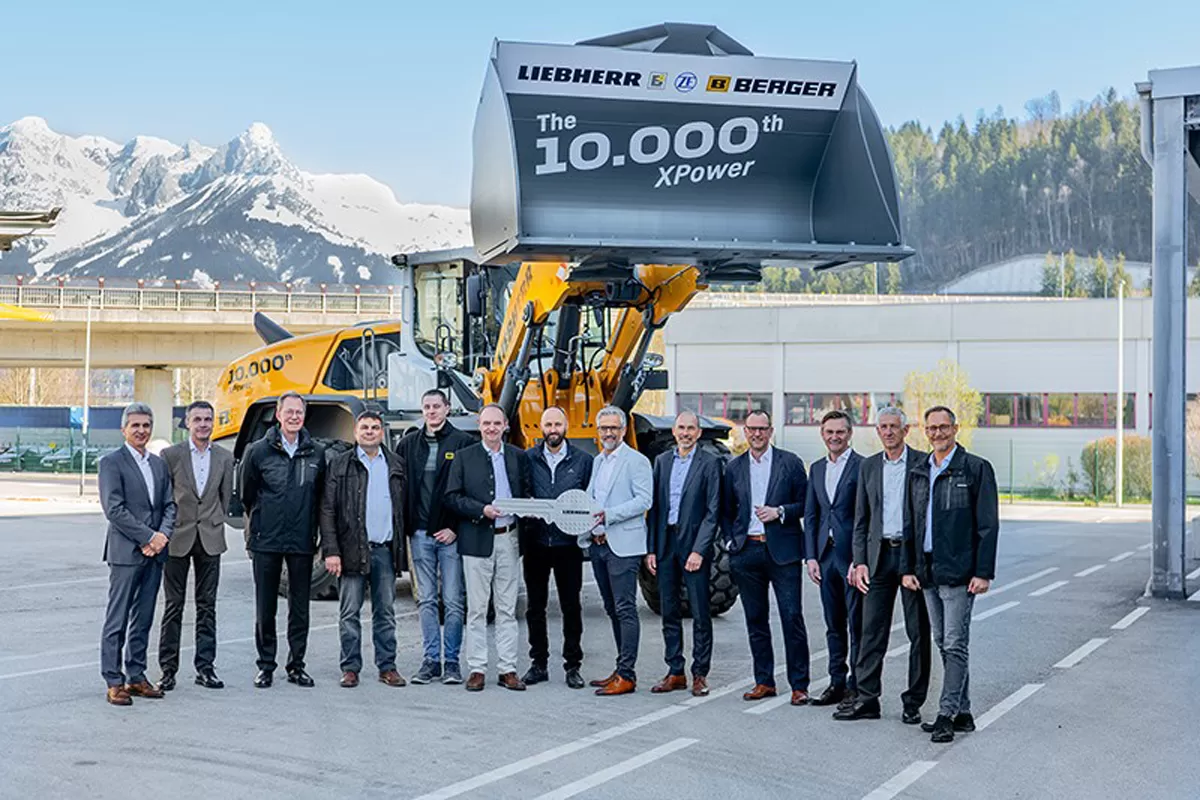In the next in a series of features showcasing building materials, AK Jain, Technical Advisor, UltraTech Cement, explains how white topping is a cost-effective material to improve the condition of existing bituminous roads.
The benefits of concrete are already well-known. Now, serving as a cost-effective material for overlaying on bituminous roads, concrete is set to appear in a new avatar: white toppings.
Construction and durability must go hand in hand. For roads or highways, the primary aim is to ensure the comfort level of the user. However, the question remains: What kind of pavements - flexible (bituminous) or rigid (concrete) - should one opt for? About 93 per cent of national highways in India are flexible pavements. But as far as cost is concerned, according to recent reports, from 1960 to date, bitumen cost has increased from Rs 500 per tonne to the current Rs 45,000-50,000 per tonne - an escalation of almost 90-100 times. By contrast, cement, from Rs 10 per bag of 50 kg, is now available at about Rs 300 per bag, an increase of about 30 times.
Locally produced, cement and its raw materials are available in abundance. Hence, its ebb and flow will be lower compared to bitumen, which is imported in large quantities. If bitumen prices continue to rise in the same vein, it is expected to go as high as Rs 120,000 per tonne by 2020 compared to cement, which would still cost about Rs 480 per bag. Hence, two aspects that can't be ignored are the availability and cost of bitumen. Undoubtedly, no one wants a situation where overlaying bitumen on existing roads reaches its saturation point after 10 years.
According to AK Jain, Technical Advisor, UltraTech Cement, in a tropical country like India, concrete overlays are much more durable and cost-effective compared to bitumen overlays. He shares a new concept with SHRIYAL SETHUMAHAVAN - white topping as a cost-effective material to improve the condition of existing bitumen roads.
The know-how
The bitumen roads we construct today will require an overlay after five to 10 years. Perhaps then, there would be nothing more economically viable than providing a white topping. With technological advancements, we need to advance in materials and methods as well. For instance, 180 million tonne of flyash is generated in India per year and concrete provides an escape route as flyash can be used with it very efficiently. However, this does not apply to bitumen roads. Hence, we can use white topping over bituminous surfaces. And white topping is nothing but concrete overlay.
The concept
As a concept, white topping was introduced in the US in 1989 to improve the condition of bitumen roads. Initially, there were certain apprehensions, but today nearly 400 projects are simultaneously using white topping in various states in the US. Following this, we at UltraTech, invited two to three experts from the US Federal Highway Authority to share their experiences. In 2011, five seminars were held in Delhi, Mumbai, Chennai, Hyderabad and Bengaluru for dignitaries and people connected with the highway sector; the material and method were appreciated and we decided to adopt it thereafter.
In India, this material was first used on a stretch at Chembur in Mumbai near the RCF plant by Municipal Corporation of Greater Mumbai (MCGM) under the guidance of Indian Roads Research Institute. As it withstood the heavy traffic of trucks and trailers, MCGM used this white topping for more stretches of existing bitumen roads in Mulund and Chembur. Subsequently, the municipal corporations in Pune, Thane, Nashik, Nagpur, etc, adopted its use and today, Chennai Municipal Corporation has decided to do around 30 km with white topping.
Experience matters
Over a period of time, bitumen roads undergo rutting, cracking and settlement; ultimately all this leads to potholes. This is a cycle that continues in rotation and is more acute in areas that experience heavy rainfall. Also, in many parts of the country, soil quality is very poor. Hence, rigid pavements are a better option. At present, patch repair with bitumen overlay is occasionally upgraded, but this again results in unabated deterioration. Again, white topping is a more durable, cost-effective and technically a superior solution. For instance, the Bengaluru-Mysore highway was constructed by a private concessionaire and has been operational for over seven to eight years. Recently, a decision was taken - which is currently under execution - to do a white topping over 19 km instead of bituminous overlay. Used to combat deficiencies in the bitumen pavement, the asphalt layer acts as a base layer and studies indicate good to excellent performance of the white topping on heavily loaded pavements.
The making
For highways, white topping layer requirement generally varies from 180 mm to 200 mm. With plain concrete of grade M40 and above, joints are cut at nearly 15 times the thickness of the pavement; this may be around 1.8 to 2 m centre to centre. And the process of laying is uniform - cutting of the joints after the concrete is slightly hardened, say within eight to 12 hours. Also, one must ensure that plastic shrinkage cracks do not develop in the concrete. For this, either a chemical compound can be provided for curing or concrete can be covered with tarpaulin or any kind of sheet.
Further, when the existing bitumen bonds with the concrete overlay, it works as a solid structural membrane. Hence, when a load passes over, the bituminous and concrete surfaces act in unison; the neutral axis shifts, the concrete portion goes into compression mode and the tension part of it is absorbed by the flexible existing bituminous portion, which actively sustains the existing loads. These simple methods can be implemented even over two and four-lane highways.
Taking the lead
Normally, pavements are 30-32 cm thick for concrete roads. But the advantage here is that the thickness can be reduced to 15-20 cm. For instance, in Nagpur, roads are being laid with white toppings costing around Rs 100 crore. Unity Infrastructure is executing this project with 20 cm thickness of M45 grade concrete. The project is under progress with 7 km already completed. Another benefit is that white topping does not require renewing the existing pavement. All it takes is to provide the concrete layer that would bond with the bitumin road. Further, if required, one can opt for a higher grade concrete, say M60 grade. Additional advantages include reduced maintenance, cost-effectiveness compared to asphalt overlays, improved service life, pre-overlay repairs, reduction in operational cost, lower absorption of solar energy, improving environmental benefits, and saving illumination up to 24 per cent.
Also, there is an initial cost in construction, lifecycle and maintenance. So, in terms of optimum thickness, according to the IIT Madras study on the initial cost vis-a-vis the maintenance cost, 150 to 160 mm concrete is the optimal thickness that can give the best result.
Hail concrete!
The construction process is the same: concrete production, laying and adequate curing. Cities like Mumbai have adopted white toppings in a big way; the city plans to convert around 250 km of existing bitumen road. Some tenders have already been awarded and some more will float post-monsoon. It's time for us to realise the benefits of white toppings, considering the original road specifications we are constructing. Also, the Indian Roads Congress (IRC) has introduced the IRC 76 standard on white toppings, which specifies design parameters, mixing, placing, etc.
Even the initial cost of concrete roads compare favourably with flexible pavement because bitumen has become expensive. However, while concrete is obtained from ready-mix concrete (RMC) plants in cities, its initial cost in roads in the urban context is higher by 10-15 per cent. But if the project is done on longer stretches of state and national highways, where the contractor has his own batching plant and does not depend on commercially available RMC, the cost will be on a par with bitumen roads. Moreover, concrete roads are practically maintenance-free. For instance, the Mumbai-Pune expressway was made of concrete. It has been in service for 12 years now, except for some filling of joints. Also, concrete roads can perform extremely well in a climate that is hostile, hilly, and experiences heavy rainfall and loads. Had it been a bituminous overlay, at least two overlays would have been provided here by this time. However, the only challenge in using concrete is proper supervision and quality assurance. Proper design mix, placing of concrete, initial curing and precise joint cutting is required. This has to be ensured during execution because concrete is not forgiving. Once it is set and hardened, there is very little you can do about it while bitumen can be easily repaired. Hence, engineers are a little apprehensive about making concrete roads. Nevertheless, white topping over an existing bituminous road will prove to be the most cost-effective solution. It will render defect-free service for 20 to 30 years and can be used in cities, district roads, states and national highways.
To share your experience with any construction material, write in at feedback@ASAPPmedia.com

















